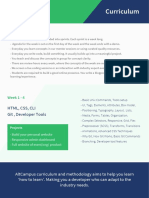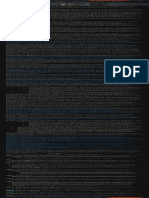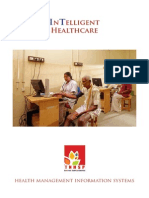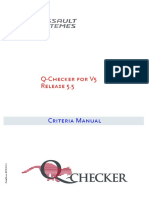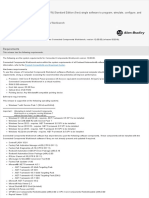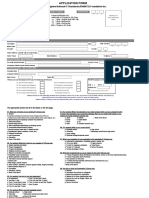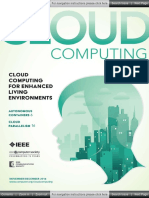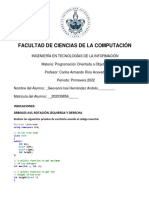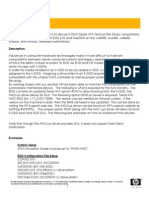0% found this document useful (0 votes)
19 views6 pagesWeb Dev Roadmap
The document provides a structured roadmap for learning web development in 2025, guiding beginners through phases that include foundational skills, interactivity, real projects, frameworks, and specialization. Each phase outlines specific learning objectives, checkpoints, and recommended tools and resources. The author emphasizes the importance of building projects, avoiding tutorial overload, and staying connected with the community for support.
Uploaded by
sh9962058Copyright
© © All Rights Reserved
We take content rights seriously. If you suspect this is your content, claim it here.
Available Formats
Download as PDF, TXT or read online on Scribd
0% found this document useful (0 votes)
19 views6 pagesWeb Dev Roadmap
The document provides a structured roadmap for learning web development in 2025, guiding beginners through phases that include foundational skills, interactivity, real projects, frameworks, and specialization. Each phase outlines specific learning objectives, checkpoints, and recommended tools and resources. The author emphasizes the importance of building projects, avoiding tutorial overload, and staying connected with the community for support.
Uploaded by
sh9962058Copyright
© © All Rights Reserved
We take content rights seriously. If you suspect this is your content, claim it here.
Available Formats
Download as PDF, TXT or read online on Scribd
/ 6















































